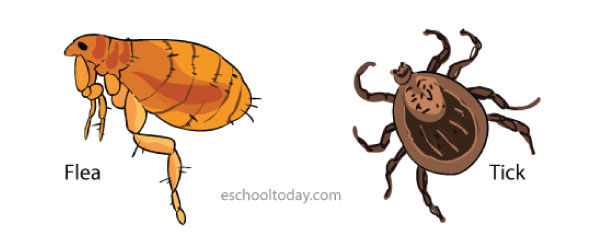- Symbiosis
What is Parasitism as a Symbiotic Relationship?
Parasitism is a symbiotic relationship in which one species (the parasite) benefits while the other species (the host) is harmed in a significant way. Parasitic activities are common in animal species. Parasites may live on the body or inside of the host.
One good example of this relationship is the roundworm (parasite) that lives in the intestines of mammals such as cats, dogs, and humans. Because these parasites live inside the body, they feed on the inside of the host and can cause all sorts of trouble for the host, including abdominal pain, anemia, and sometimes death. Parasites that live inside of the host are known as endoparasites.

Lice, fleas, and ticks are examples of parasites that live on the skin of the host, such as a dog. They are known as ectoparasites. They attach themselves to the skin of the host and feed on its blood. That can severely harm the host by causing diseases such as Lyme disease, or Rocky Mountain spotted fever.
Parasitism often is seen as a kind of predation. The difference between parasitism and predation is that the parasite’s host is seldom killed outright — the host may live on for a long time. Generally, predators are physically dominant in terms of strength and size. Parasites (both ectoparasites and endoparasites) and often much smaller than their host.
DID YOU KNOW?
There is a different but interesting type of parasitism known as social parasitism. Can you guess what that is? (includes thievery, slavery, and brood parasitism)
